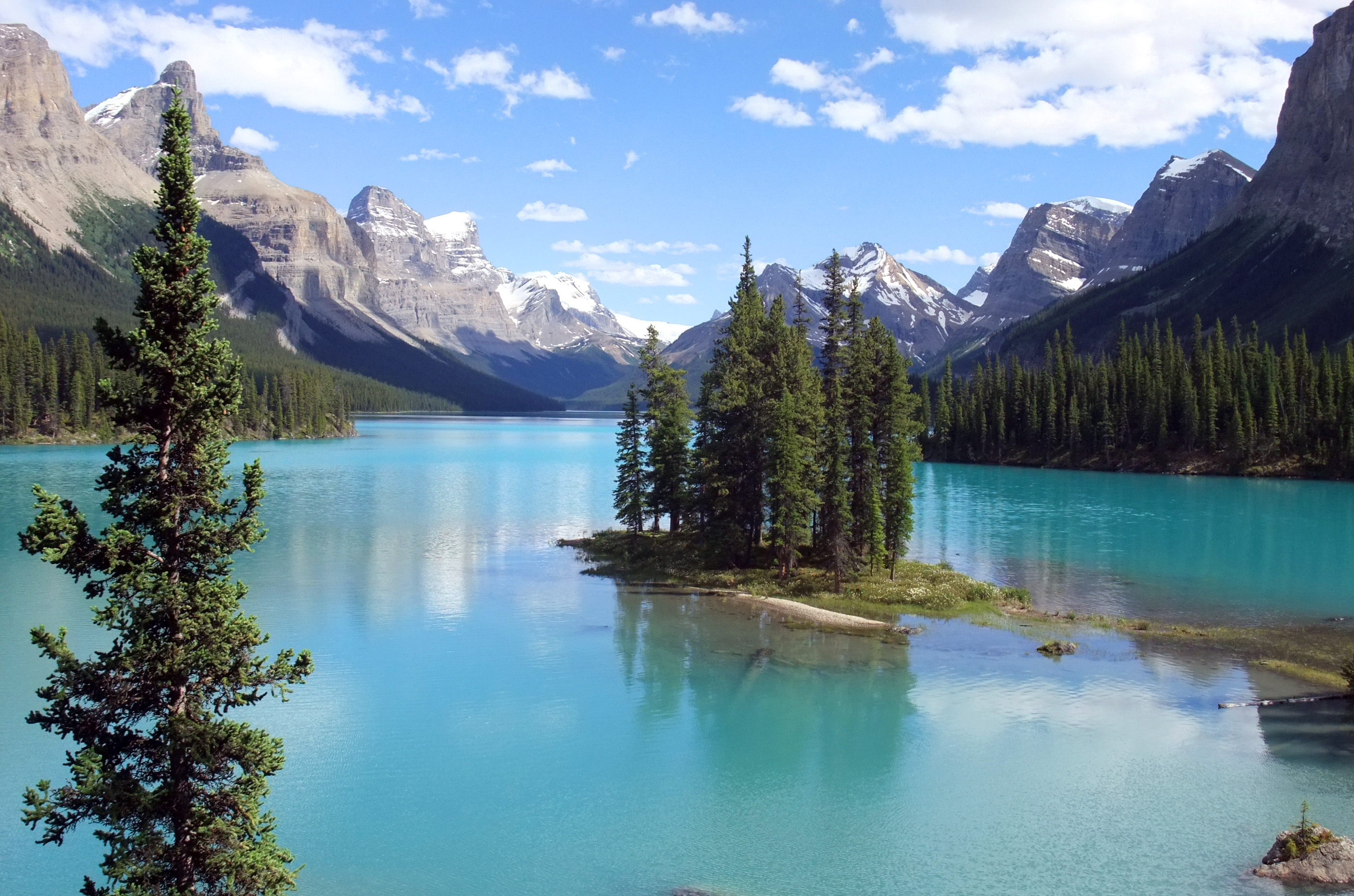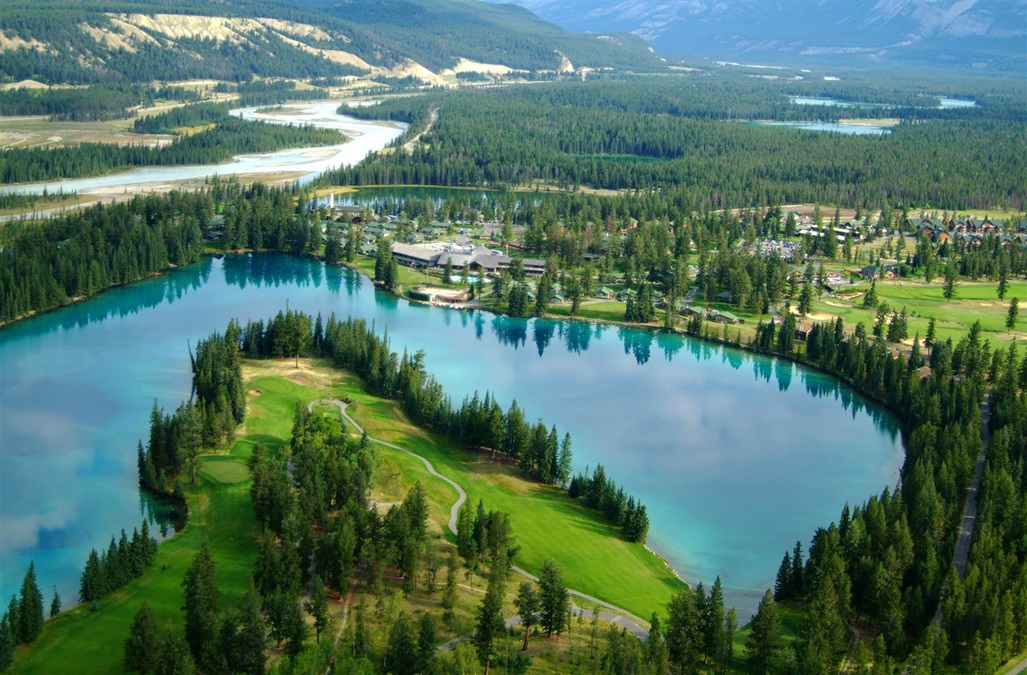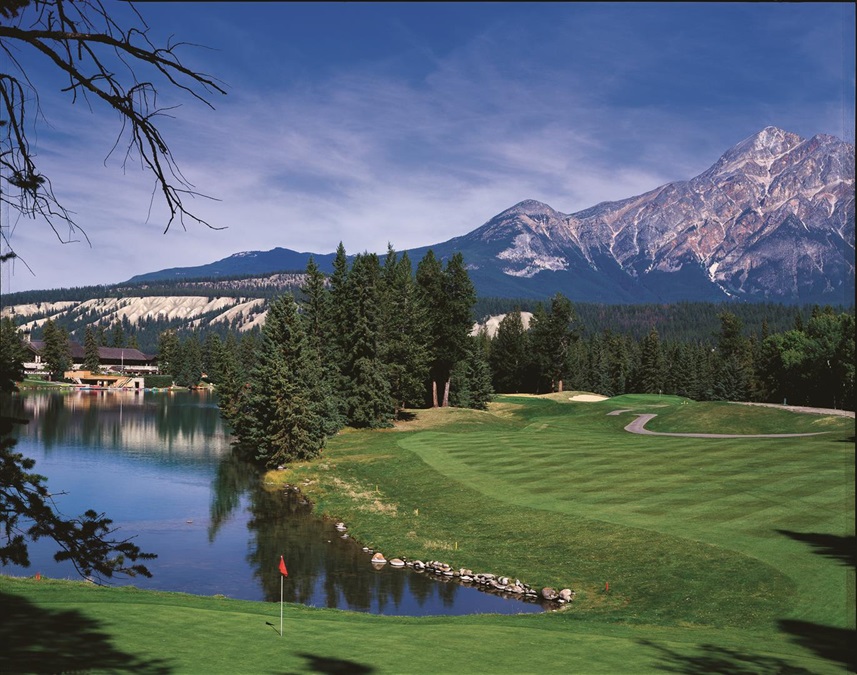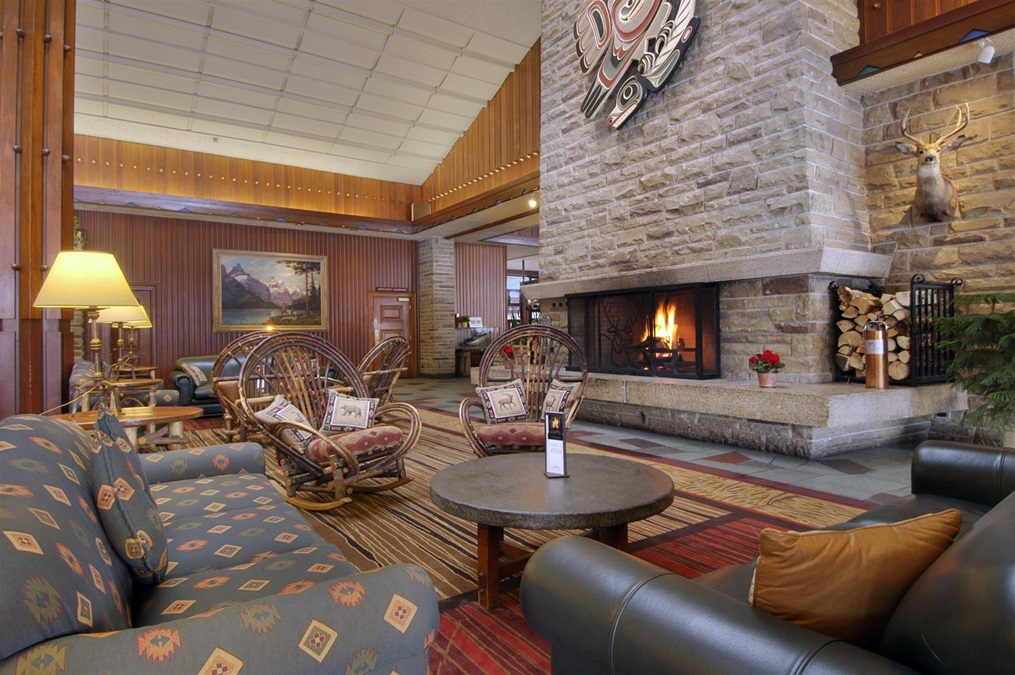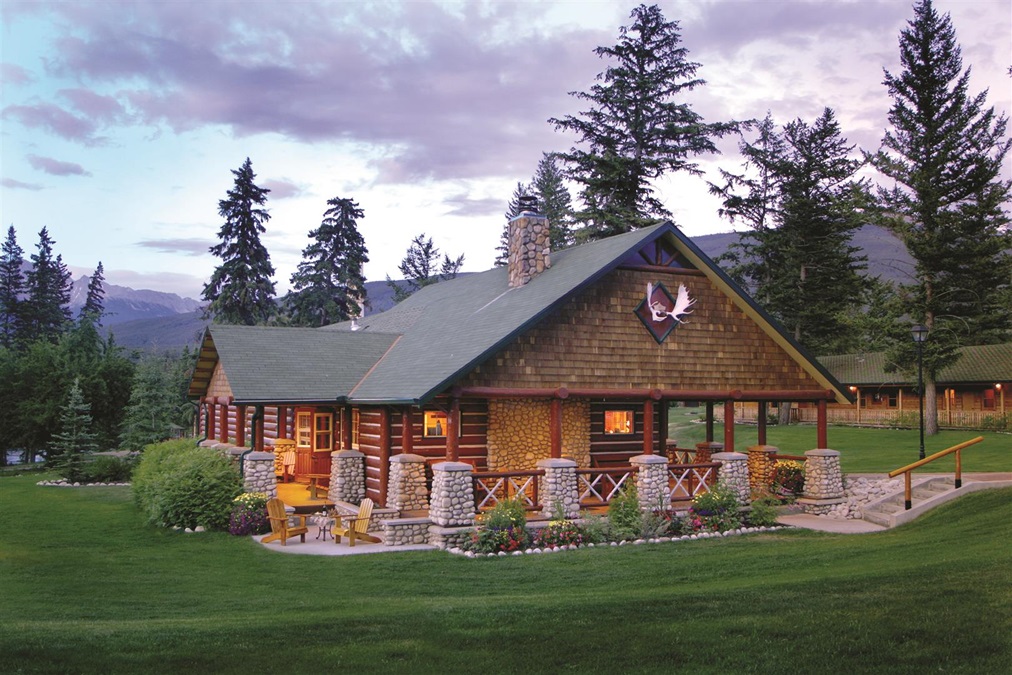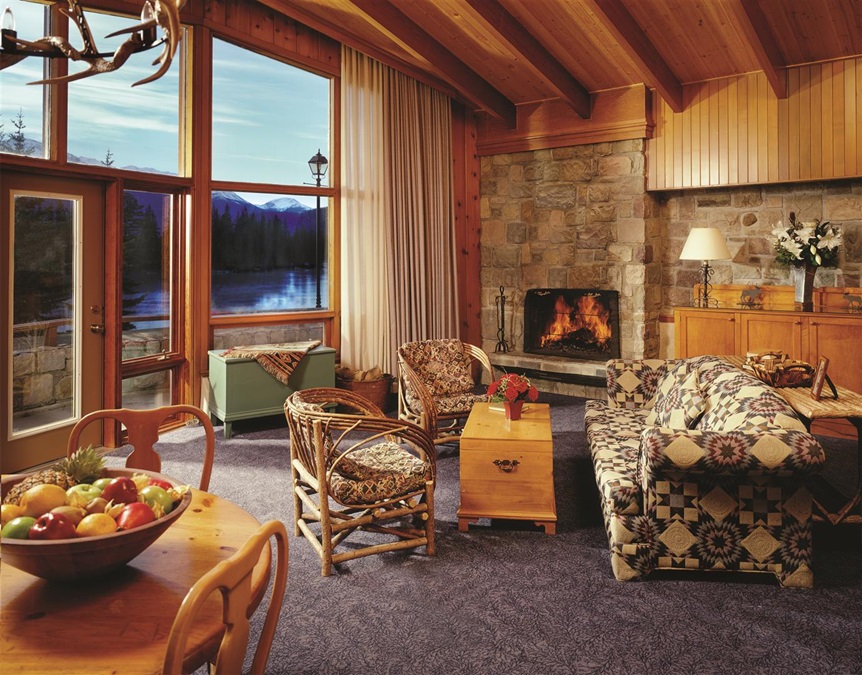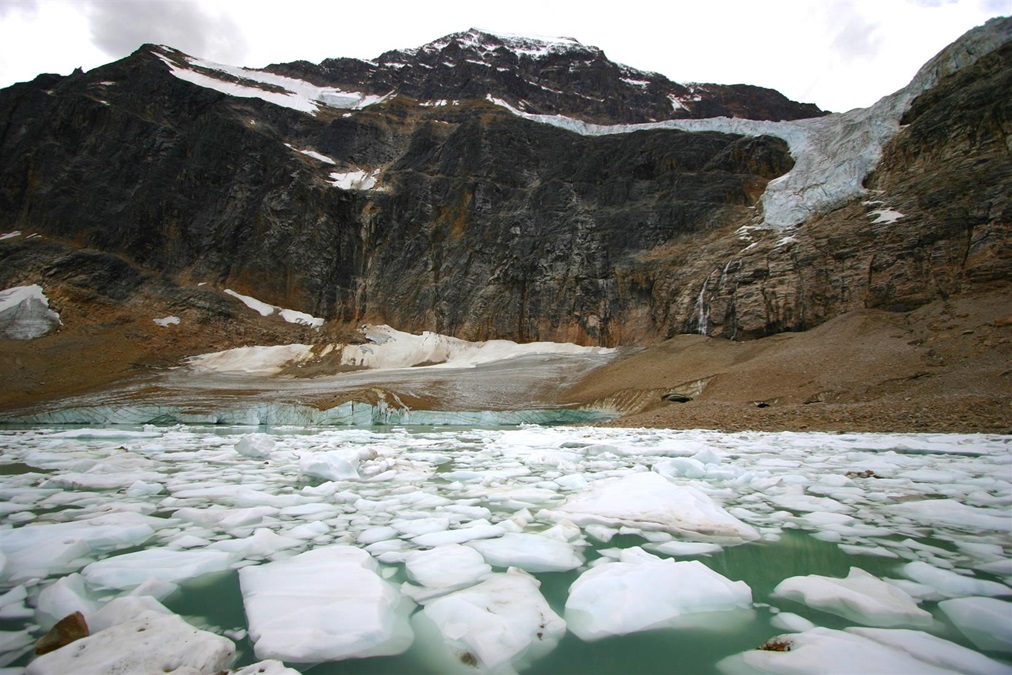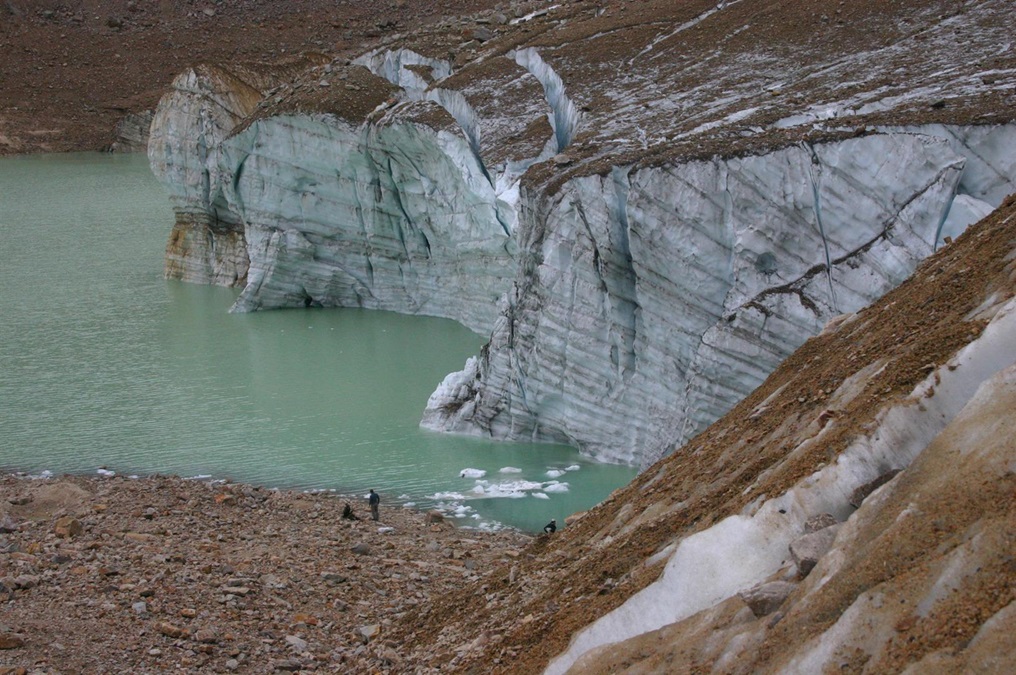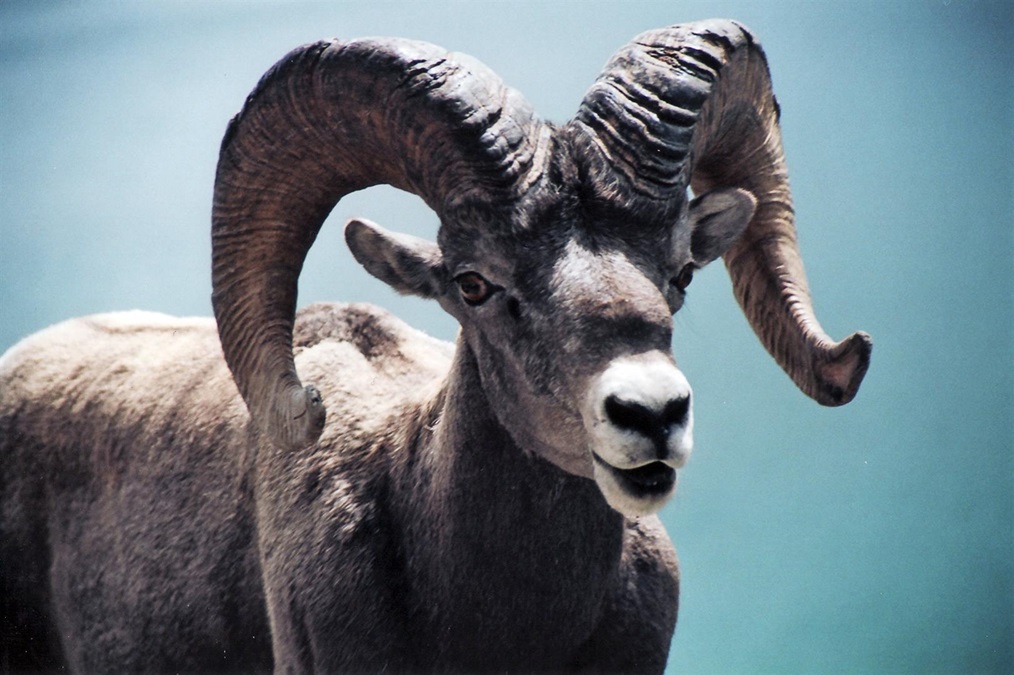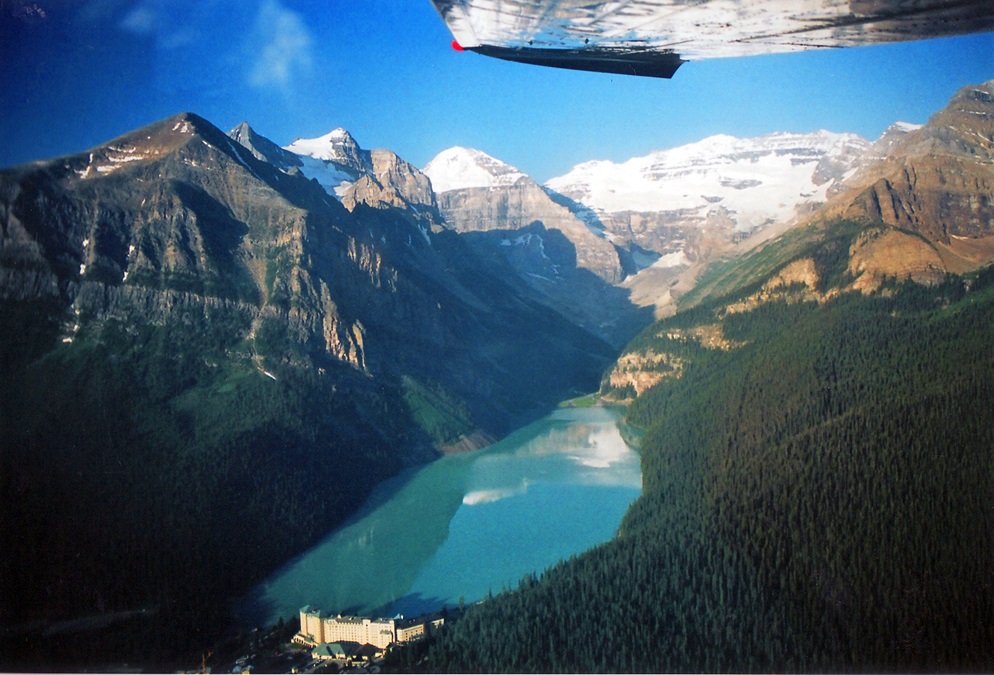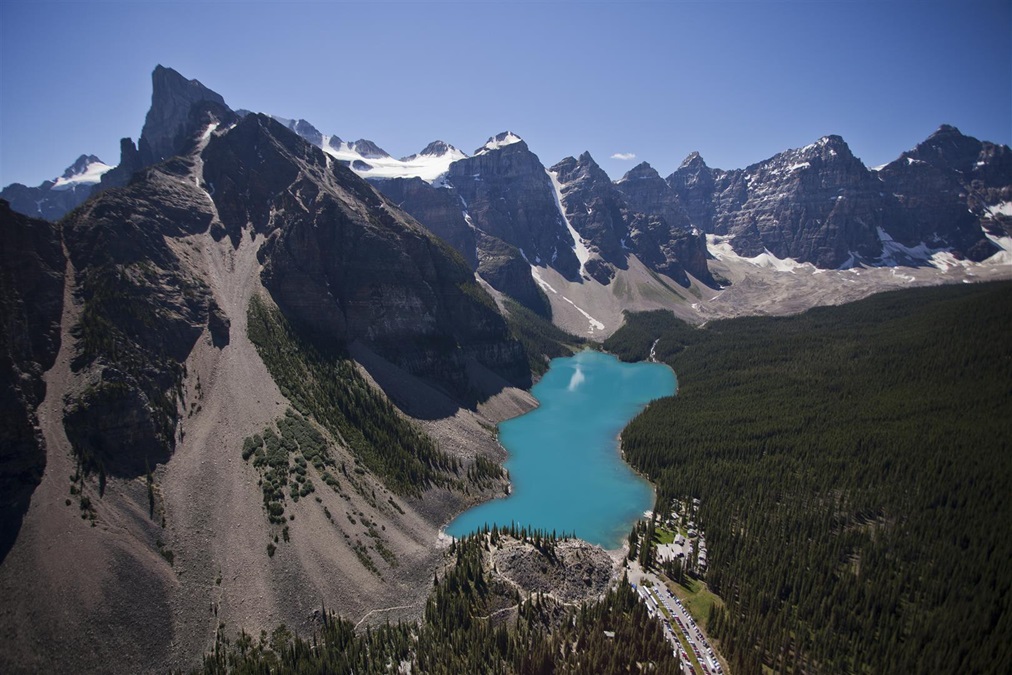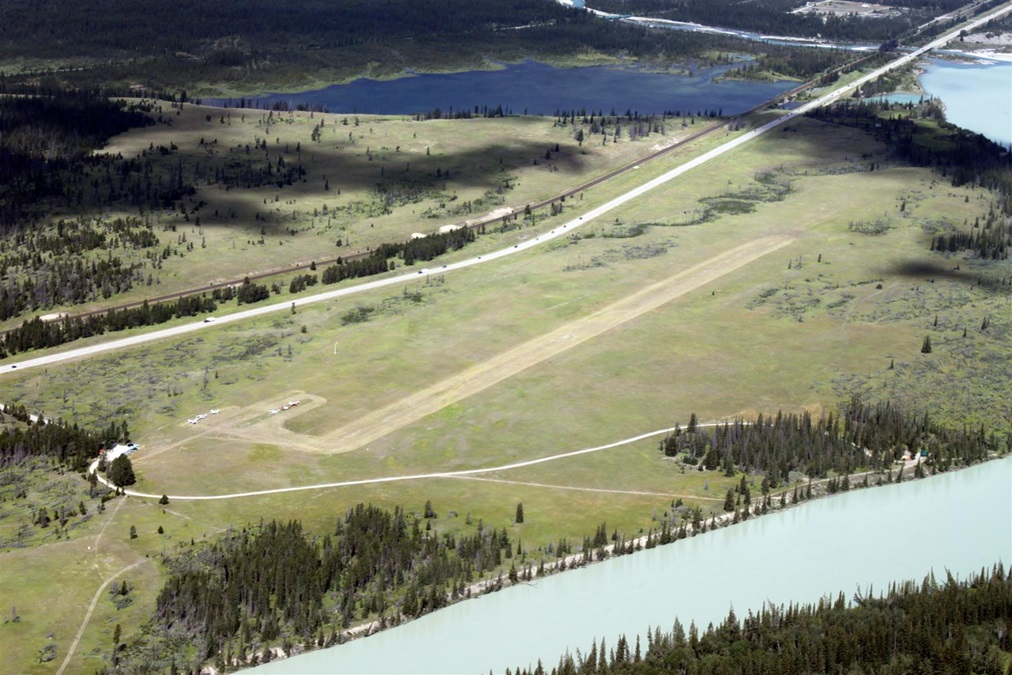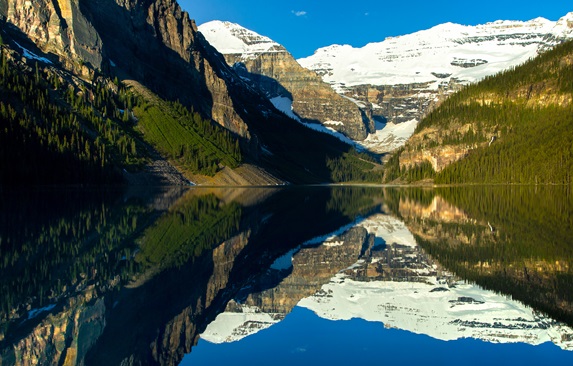Canadian Rockies: Jasper and flightseeing the Rockies
After flying to Canada, visiting Banff, Lake Louise, and driving the Icefields Parkway, you will arrive in Jasper. This wildlife-rich area delivers exceptional beauty and Canada’s top-rated golf course. After you return to your airplane, if the weather is good, you can retrace your entire trip by air for an incredible day of flightseeing.
The Fairmont Jasper Park Lodge sits in a valley beside the blue-green waters of Lac Beauvert, surrounded by snow-clad mountains—a UNESCO World Heritage Site. The lodge consists of multiple low buildings and cabins of varying size and luxury scattered among the woods. Enjoy a wide variety of outdoor recreational activities including hiking, canoeing, kayaking, horseback riding, and mountain biking in summer and ice skating, snowshoeing, and skiing in winter. After an active day outdoors, rejuvenate with a signature treatment at the luxurious Fairmont Spa. Again, you’ll experience dining par excellence here, with six restaurants. The Moose’s Nook Chophouse, where we enjoyed savory caribou cutlets, also offers bison, duck, and trout served amongst rustic wood furnishings, a stone fireplace, and wildlife scenes.

In the afternoon, you can drive the road along Medicine Lake, where a group of bighorn rams walked right up to our car window. Jasper is loaded with wildlife; on this drive alone, we encountered a black bear, elk, and deer along with the sheep, all up close—and no people. Continue along to scenic Maligne Lake, 14 miles long, which fills a glacier-carved valley. Take a 90-minute cruise down the lake with jagged peaks rising above the green forest. The narrated cruise stops at Spirit Island, actually a tiny narrow spit of land with tall trees. The iconic island, surrounded by turquoise lake waters, is another of Canada’s most-photographed spots.
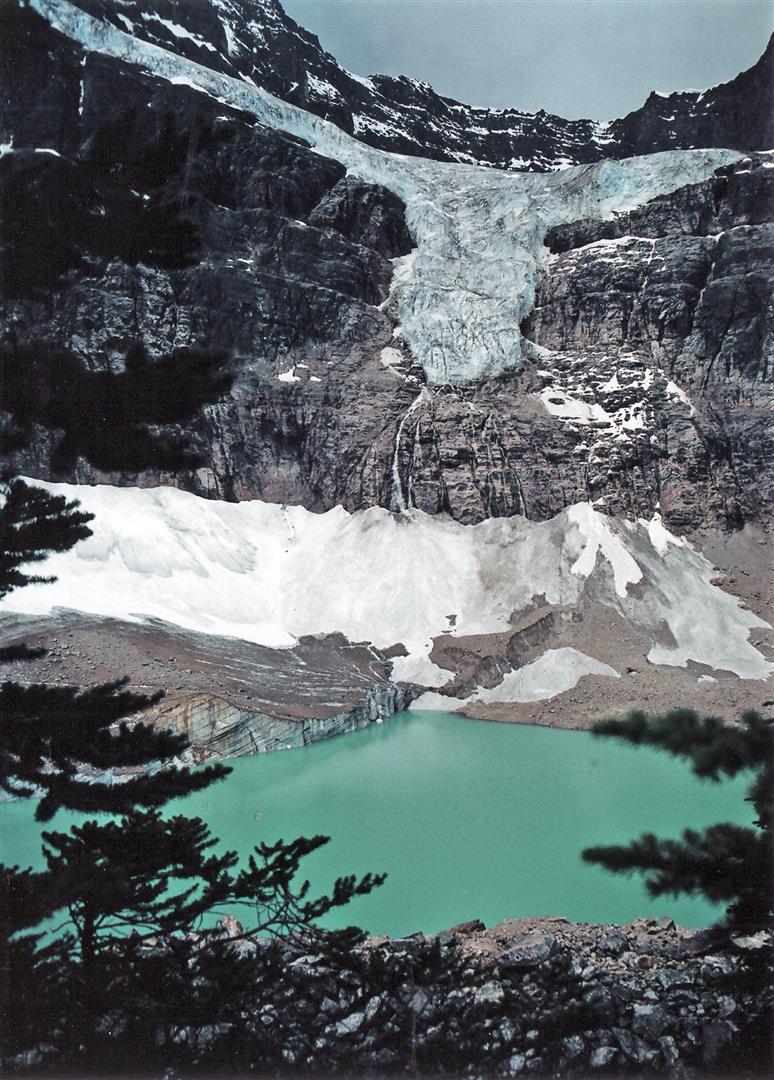
After a long drive back to your airplane (with stops at Athabasca Glacier and lunch at the Fairmont in Banff), spending the night near the airport and taking an early flight over the parks, weather permitting, makes a terrific dénouement. A scenic flightseeing loop from Banff up to Jasper and back is 292 nautical miles; your mileage may increase with circling and deviations. Depart Springbank (go early for calmer air) and follow the highway 48 nm to Banff—6,500 feet msl is a good altitude—a turf airstrip near the highway in Banff is for emergency use only. Continue northwest along the Bow River 31 nm to Moraine Lake and Lake Louise for views of the iconic hotel and lakes. Continue your tour by following the Icefields Parkway 22 nm northwest from Lake Louise to see Peyto Lake and the glaciers, all just east of the Continental Divide. Continue another 40 nm and, if equipped, climb past 12,000 feet msl to circle over the huge Columbia Icefield, about the size of the city of Vancouver, and Saskatchewan and Athabasca glaciers. With sufficient time and fuel you can continue to Jasper, an additional 53 nm. A turf airstrip, 3,990 feet by 150 feet lies just east of the highway, 7 nm past Jasper. The Jasper Airstrip was opened after prolonged efforts by the Canadian Owners and Pilots Association.
Considering our hours of mountain flying experience, I’m embarrassed to report we nearly embedded our Cessna 210 into one of the mountains in the Valley of the Ten Peaks above Moraine Lake. After overflying the Fairmont Lake Louise, we flew south and entered the valley from the eastern opening. Becoming sightseers instead of pilots, we failed to notice the aircraft was climbing more slowly than the terrain ahead. By the time we tore our eyes away from the mesmerizing turquoise water of Lake Moraine it was nearly too late. Fortunately the notch of Sentinel Pass over Larch Valley provided an escape route. Enjoy your flightseeing, but don’t allow the beauty to bewitch you—save that for when you’re safely on the ground, and the Canadian Rockies can truly be your best trip ever.
